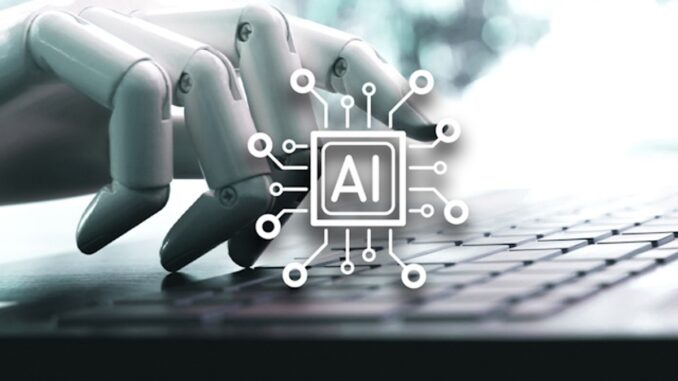
Aligning an AI system with organizational goals involves ensuring that the design, development, and deployment of the AI technology are directly connected to the strategic objectives of the organization.
This alignment is crucial for maximizing the value derived from AI investments and ensuring that the system addresses the relevant business challenges. Here are key steps and considerations for achieving this alignment:









### Steps to Align an AI System with Organizational Goals
#### 1. **Understand Organizational Goals**
– **Identify Strategic Objectives:** Clearly define the overarching goals of the organization, such as increasing revenue, improving customer satisfaction, enhancing operational efficiency, or innovating products and services.
– **Stakeholder Engagement:** Involve key stakeholders from different areas of the organization (e.g., management, operations, marketing, IT) in discussions about these goals to gain a comprehensive understanding of priorities.
#### 2. **Define Specific Use Cases**
– **Use Case Identification:** Translate organizational goals into specific use cases for AI. For example, if the goal is to improve customer satisfaction, a use case could be implementing a chatbot for customer service.
– **Prioritization:** Evaluate and prioritize use cases based on potential impact, feasibility, and alignment with strategic objectives.
#### 3. **Set Measurable Objectives**
– **Define Key Performance Indicators (KPIs):** Establish quantitative metrics that can measure the success of the AI system in achieving its intended outcomes. These KPIs should reflect the organization’s strategic goals (e.g., response time reduction, cost savings, revenue growth).
– **SMART Criteria:** Ensure that objectives are Specific, Measurable, Achievable, Relevant, and Time-bound.
#### 4. **Involve Cross-Functional Teams**
– **Interdisciplinary Collaboration:** Create cross-functional teams that bring together expertise from data science, domain specialists, IT, and business units. This facilitates a shared understanding of goals and promotes collaboration throughout the project lifecycle.
– **Regular Communication:** Foster open channels of communication among team members and stakeholders to align expectations and address challenges quickly.
#### 5. **Develop a Roadmap**
– **Implementation Plan:** Create a detailed roadmap for the AI project that outlines the steps required to achieve the alignment between AI initiatives and organizational goals.
– **Timeline and Milestones:** Set clear timelines and milestones for each phase of the project, allowing for regular assessment of progress against business objectives.
#### 6. **Iterate and Adapt**
– **Agile Methodology:** Employ an agile approach that allows for flexibility and adaptability in response to changing organizational priorities or external market conditions.
– **Feedback Loops:** Implement mechanisms for gathering feedback from users and stakeholders to improve the AI system continually and ensure it stays aligned with organizational goals.
#### 7. **Evaluate and Monitor Performance**
– **Continuous Monitoring:** Regularly assess the performance of the AI system against established KPIs and the overall strategic objectives of the organization.
– **Data-Driven Decisions:** Use performance data to inform decision-making and identify areas for improvement or refinement in the AI system.
#### 8. **Ensure Ethical and Responsible AI**
– **Alignment with Values:** Ensure that the AI system aligns not only with strategic goals but also with the ethical standards and values of the organization. This includes addressing issues such as bias, accountability, and data privacy.
– **Compliance:** Stay informed about relevant regulations and compliance requirements to ensure that the AI system operates within legal and ethical boundaries.
### Conclusion
Aligning an AI system with organizational goals is a dynamic process that requires ongoing attention and collaboration across the organization. By clearly defining goals, engaging stakeholders, prioritizing relevant use cases, and continuously monitoring performance, organizations can ensure that their AI initiatives contribute meaningfully to their strategic objectives. This alignment not only enhances the effectiveness of AI deployments but also maximizes the value derived from AI technologies, driving sustainable business growth and innovation.


Leave a Reply